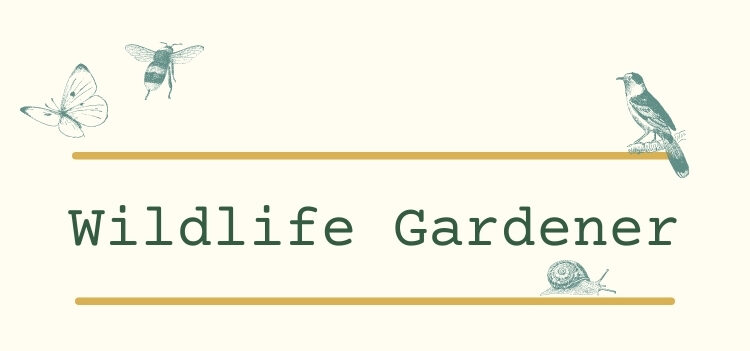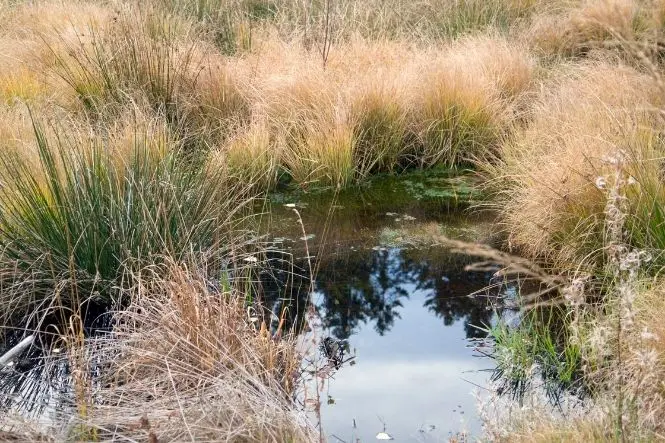A bog garden can be an ideal alternative to a garden pond especially if you have young children and are worried about the dangers of a pond. Bog gardens attract all manner of wildlife and also provide the right kind of environment for certain plants that would not thrive so well in deeper water. For keen gardeners, they are not that difficult to construct and, as they are shallower than a pond, it takes a lot less effort and time to design a bog garden than it would with a garden pond.
Constructing Your Bog Garden
In choosing a place to dig your bog garden, the important aspect which gardeners should keep in mind is that you should dig in a place which will receive direct sunlight for at least six hours a day. If you already have a naturally existing wet and sunny site on your property so much the better. In fact, many gardens have areas which are often muddy and these are often perfect. Wherever you decide to dig, you should only be looking to dig about a foot deep. If you’re using a pond liner instead of clay to line the bottom of your bog, make sure that the liner has a sufficient number of holes inserted into it to allow for drainage. Your bog garden should consist of part potting soil and part peat. Fill your bog garden using rainwater, if possible but if you do use tap water, leave it to stand for a few days before you introduce any plants in order that the chlorine from your domestic water supply has a chance to evaporate. You may find that the combination of potting soil and peat in your bog garden will resemble a mud bath at first but it should soon settle down and then you can get on with putting plants into it. You can also cover the edges of the pond liner with rocks, old pieces of driftwood or a few garden ornaments to give your bog garden added appeal.
Plants Suitable For Bog Gardens
Marsh marigolds, purple loosestrife, water mint, certain types of irises and most moisture-loving plants will thrive in bog garden conditions. Take care not to overcrowd when planting and make sure that you don’t put smaller plants between large ones as the smaller ones will struggle to attract sunlight. Consider the size of the area in which you locate your bog garden too because these plants can grow to a considerable size within a couple of years.
Wildlife Attracted To A Bog Garden
Marsh marigolds tend to flower in early springtime so they provide a welcome source of food to both bees and other insects. Frogs and toads also thrive in wetland and bog conditions so, if you haven’t got a pond, a bog garden gives you the best alternative for attracting amphibians into your garden. You may even get lucky and attract grass snakes. Do remember, however, that not only are they harmless creatures but they’re also a protected species. If you like frogs and toads however, be aware that grass snakes feed on both.
For those gardeners amongst you who like the idea of having a bog garden but do not have a garden or can’t be bothered with the digging out of suitable area, you can also create a miniature version of a bog garden in a container which you can place in a suitable spot in your garden or yard. Your local garden centre will be able to advise you about this.

